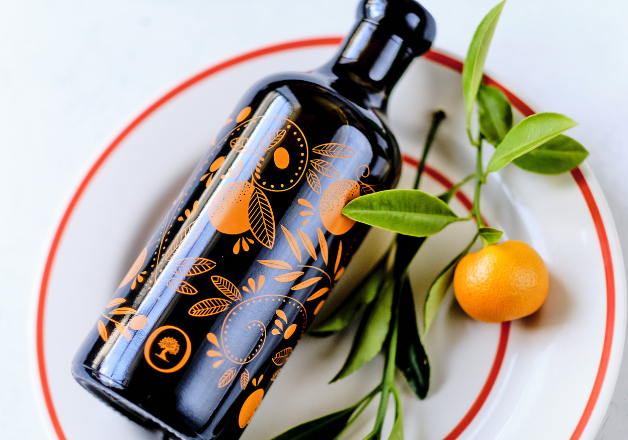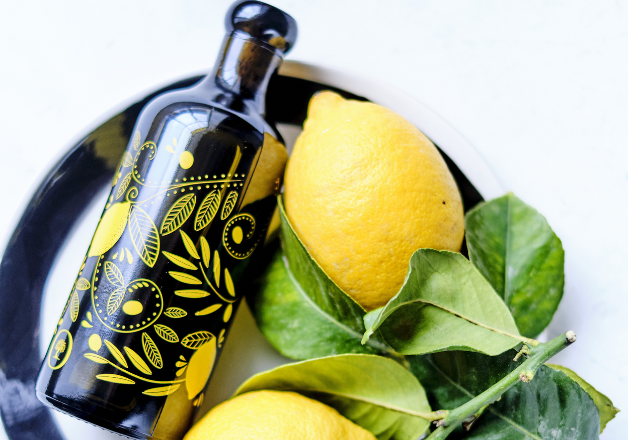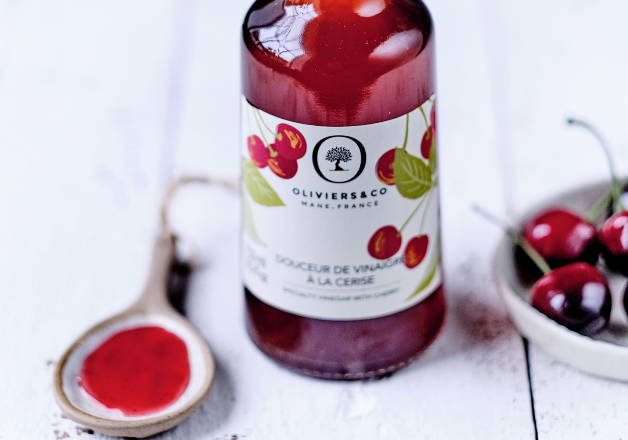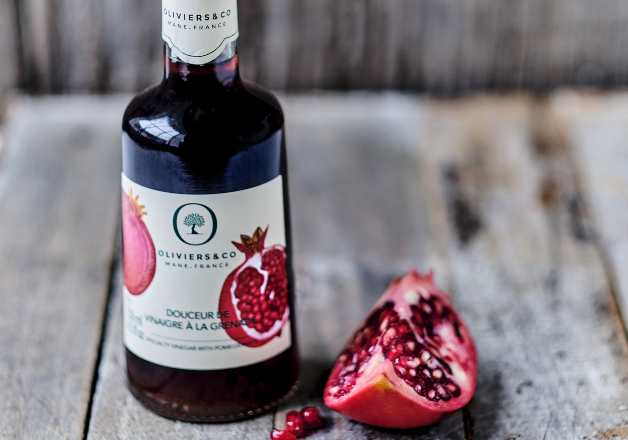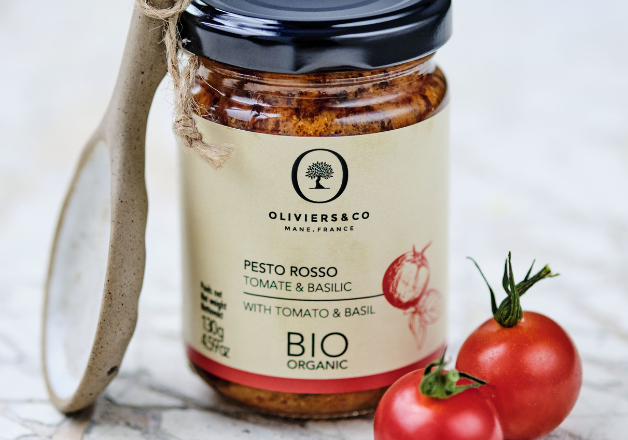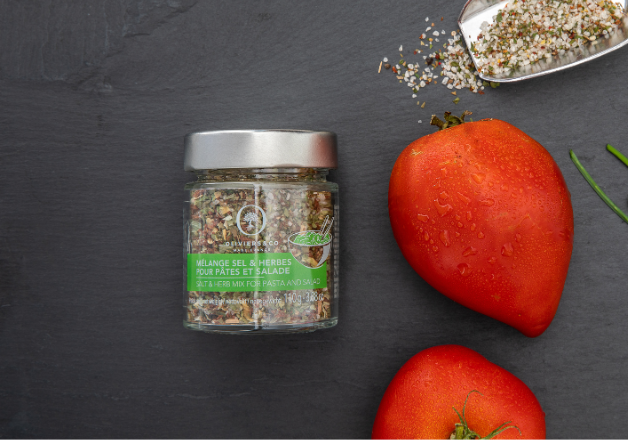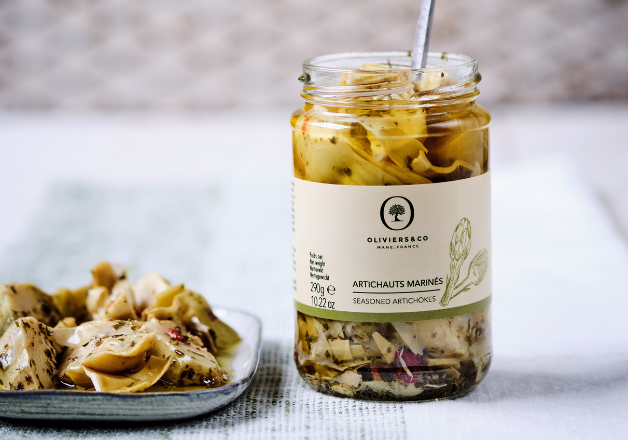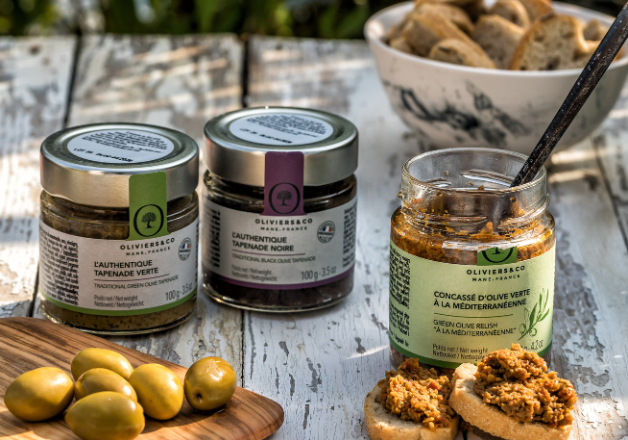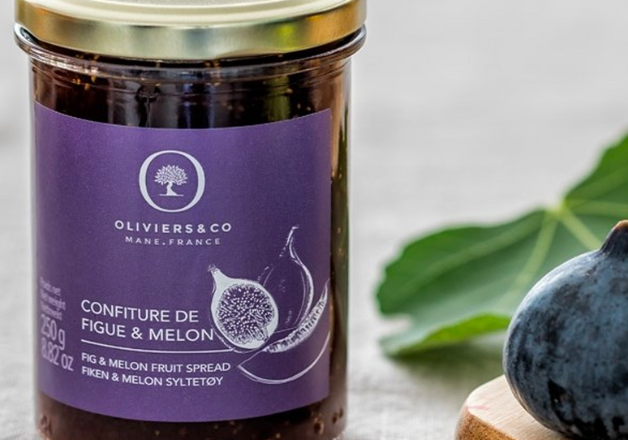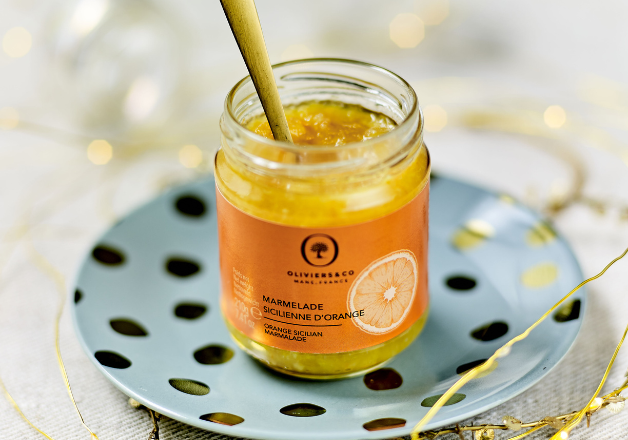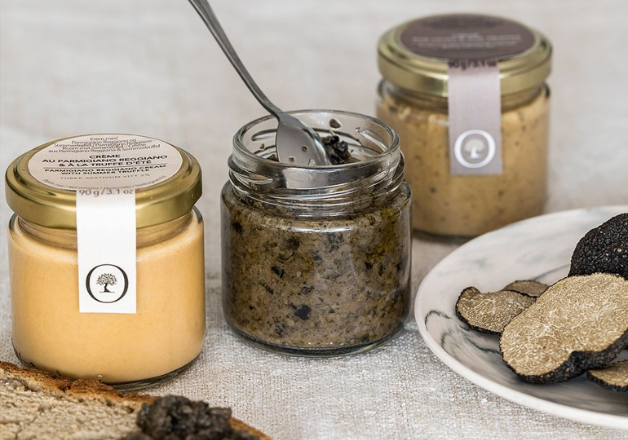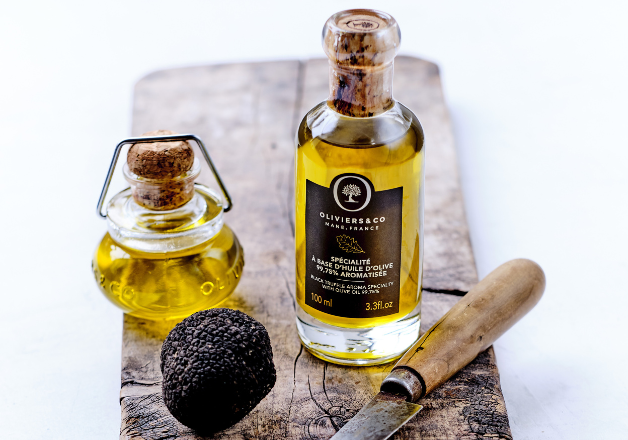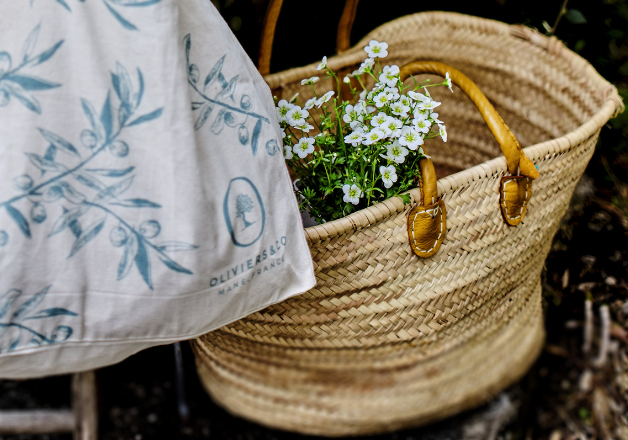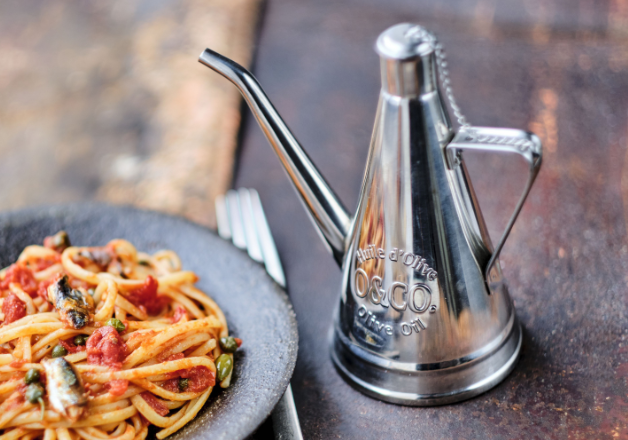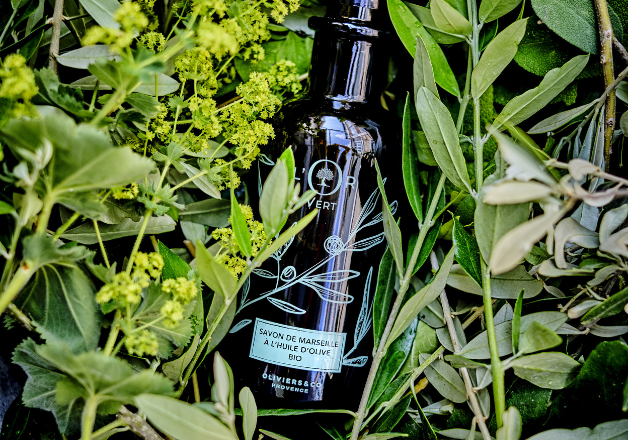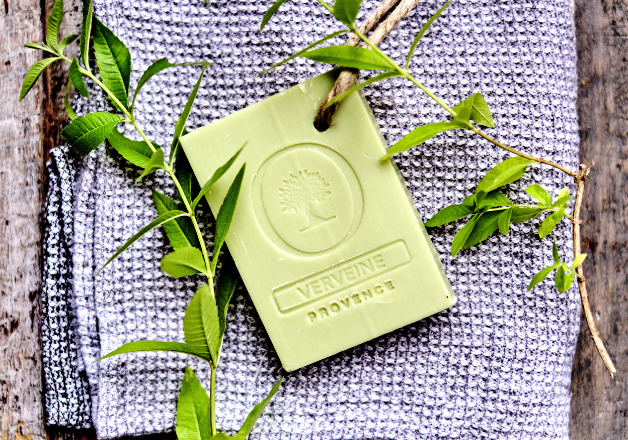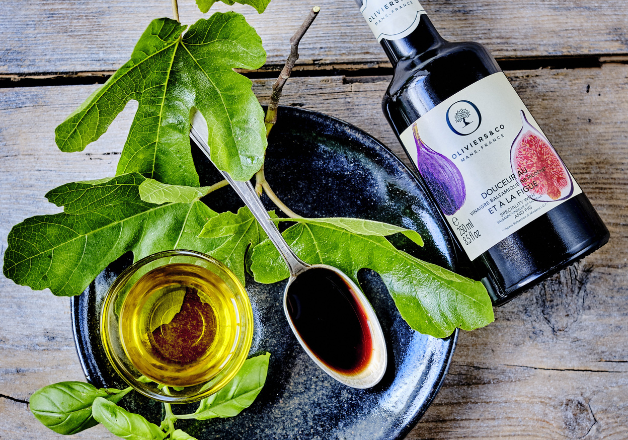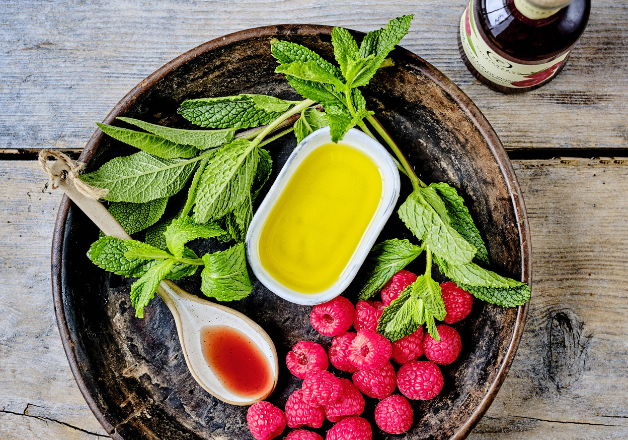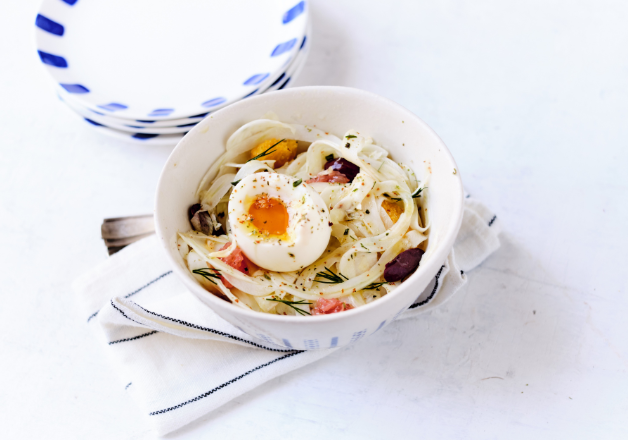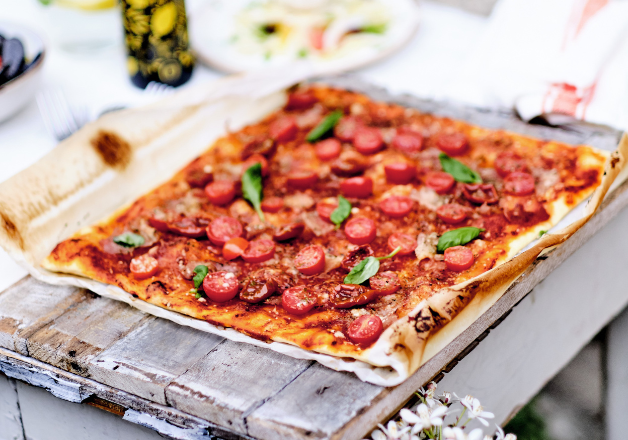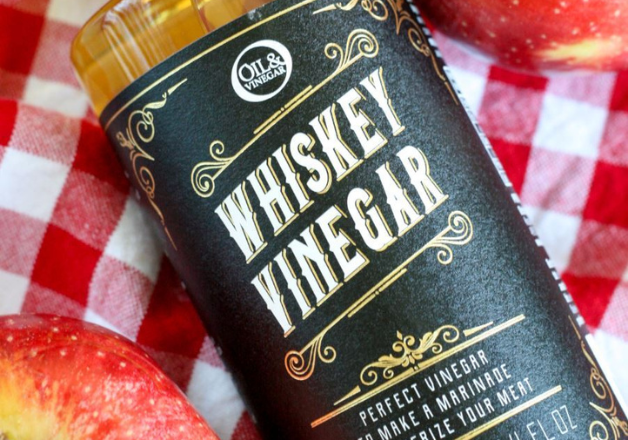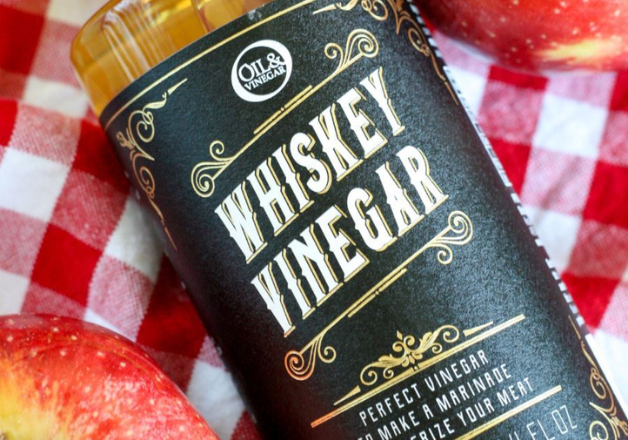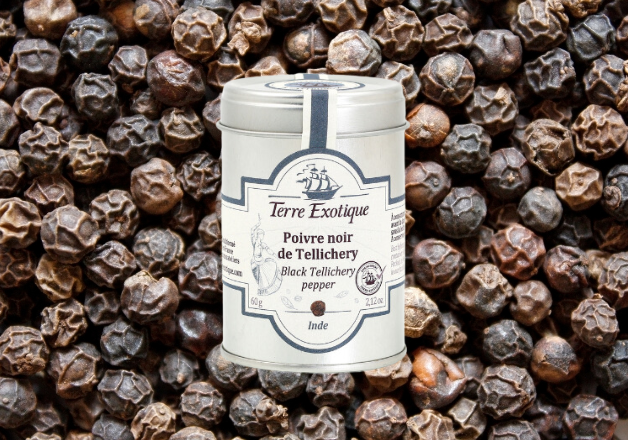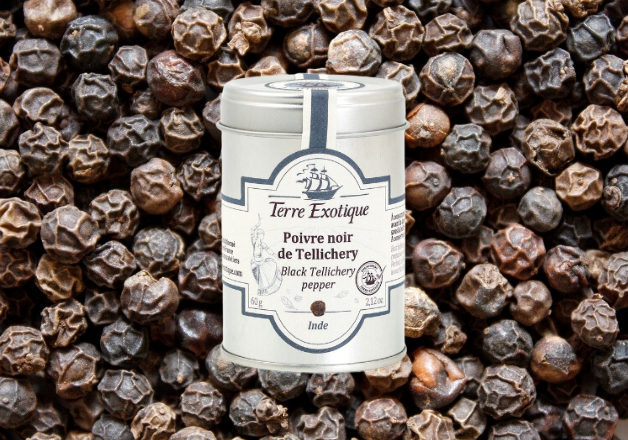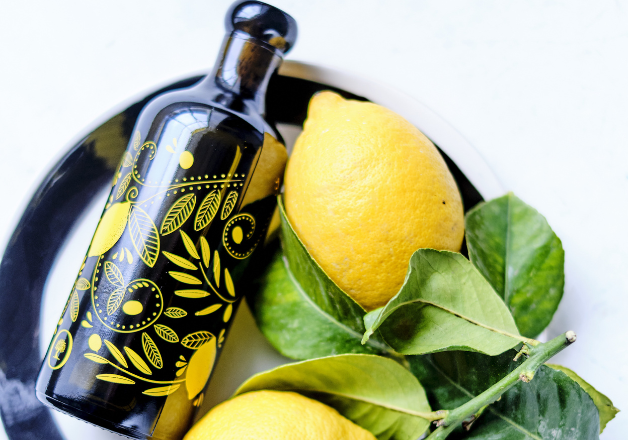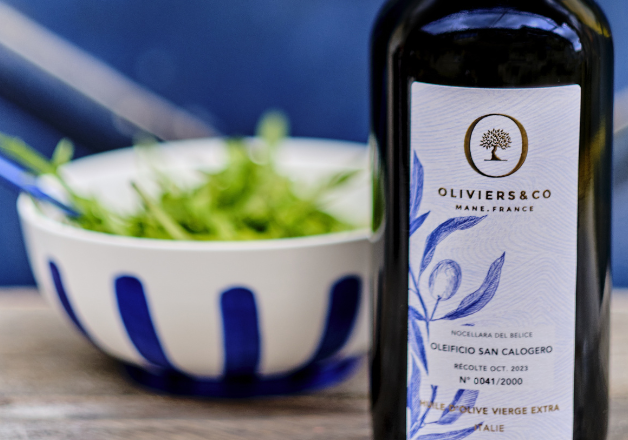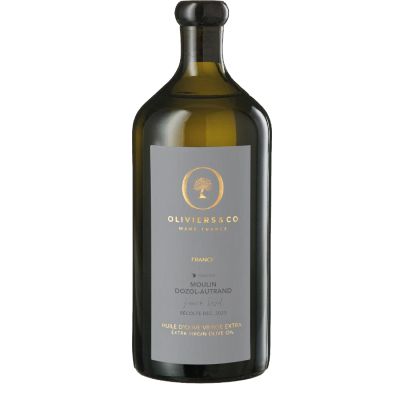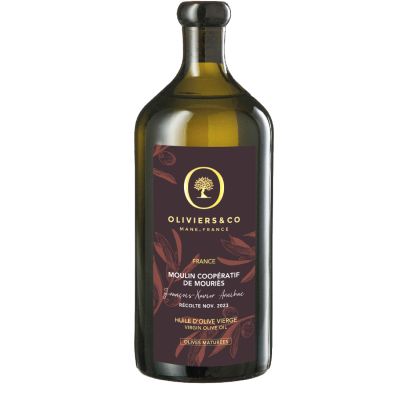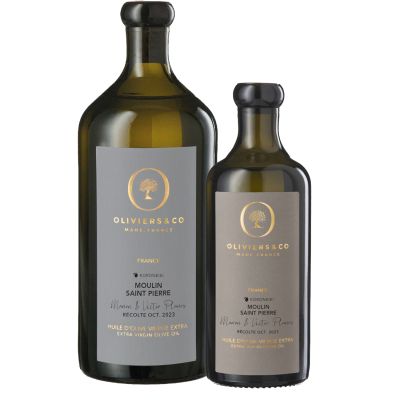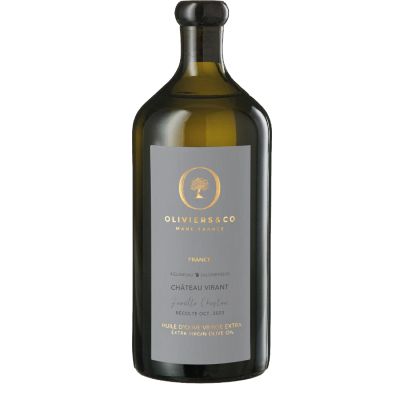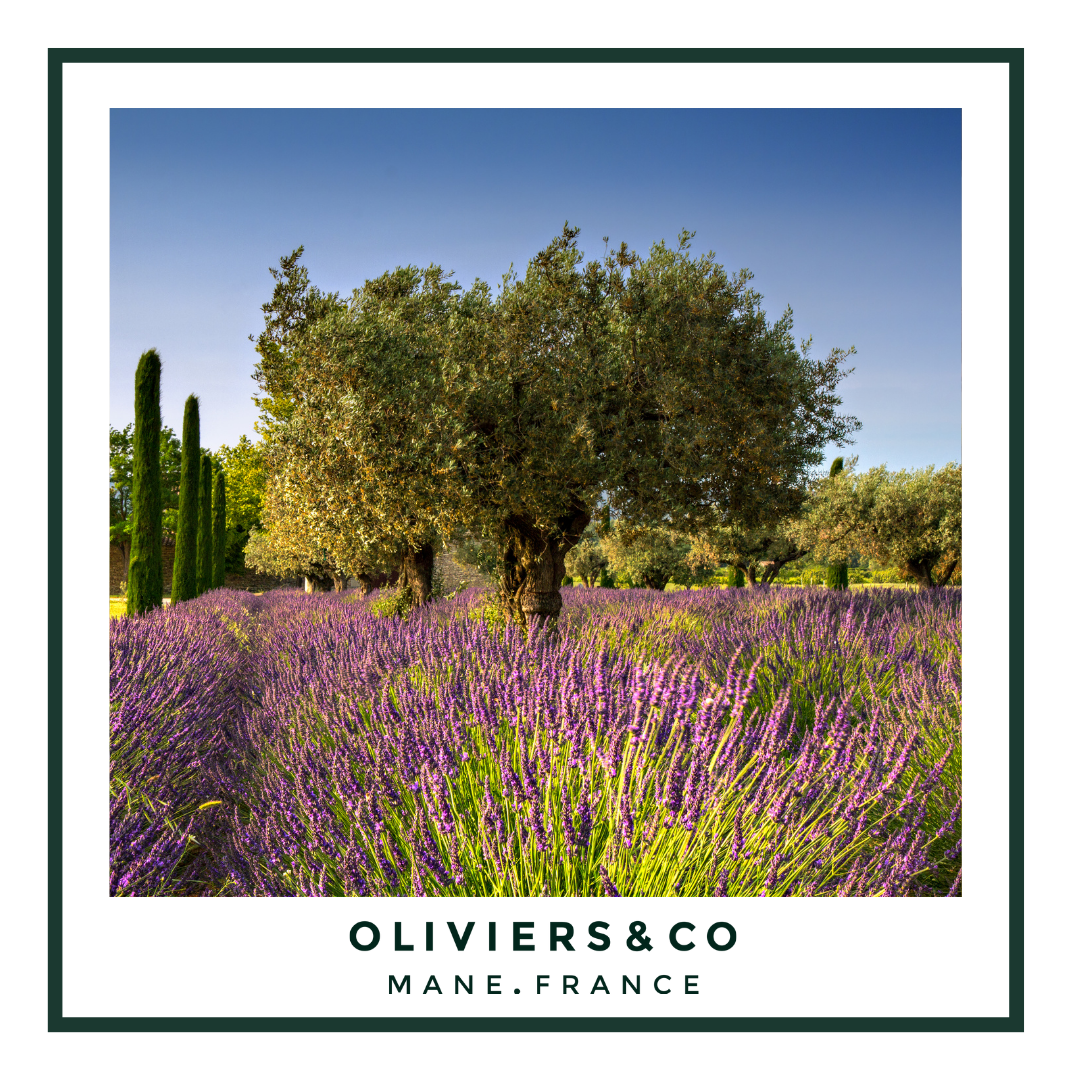

When we conjure images of France and its culinary prowess, olive oil may not immediately spring to mind. However, delve deeper into the rich tapestry of French gastronomy, and you'll discover a terroir where olive oil production flourishes with unparalleled quality.
The History of French Extra Virgin Olive Oil
In the quaint village of Roquevaire, Provence, remnants of fossilized olive leaves dating back to 8000 BC were unearthed—a testament to olive's ancient roots in the region. While olive trees once grew wild, cultivation for oil production began around 600 BC. The Greeks introduced the olive tree to Provence, followed by the Romans, who further propagated its cultivation and consumption.
Centuries later, olive cultivation spread along the Mediterranean coast, becoming a symbol of Provençal identity in the 19th century. However, after World War I, olive tree cultivation waned in favor of grapevines. By 1960, only three million olive trees remained. The 1990s saw a resurgence in olive cultivation, with consumption surging and the introduction of Protected Geographical Indications (PGI) in 1994.
Today, French olive oil production represents just 1% of global output, yet its growth is steadfast, with new olive groves sprouting across the country each year.
Olive Growing Regions in France and Varieties
Olive groves thrive primarily in southern France, blessed with a Mediterranean climate conducive to olive cultivation. Key regions include Rhône-Alpes, Languedoc, Roussillon, Provence-Alpes-Côte d'Azur, and Corsica.
Common olive varieties cultivated in France include Picholine, Aglandau, Grossane, Bouteillan, Lucques, Petit Rabier, Sabine, and Olivière.
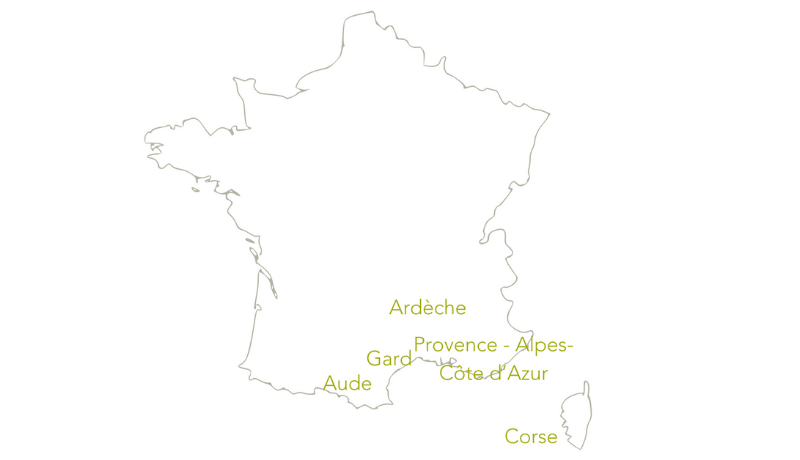

French Food Culture and Olive Oil
When the names Victor Hugo, Michelin star, baguette, and croissants are uttered, the unmistakable essence of France comes alive.
Renowned for their culinary finesse, the French treat cooking as both pleasure and sacred ritual. In 2010, UNESCO recognized French gastronomy as intangible heritage, underscoring the profound cultural significance of food in France. From the conviviality of shared meals to the art of fine dining, food is woven into the fabric of French identity.
Olive oil from Provence embodies the essence of southern France—where azure seas meet the aroma of pastis and the allure of petanque. Provençal cuisine delights in simplicity, featuring flavors of thyme, rosemary, garlic, and, of course, olive oil. Dishes like Pissaladière, ratatouille, and bouillabaisse exemplify the region's culinary artistry, while Corsican cuisine adds its own authentic twist, incorporating olive oil even into desserts like macarons and financiers.
As the French proclaim, "La nourriture c'est la vie!"—food is life, and indeed, life is beautiful in the embrace of French gastronomy.



